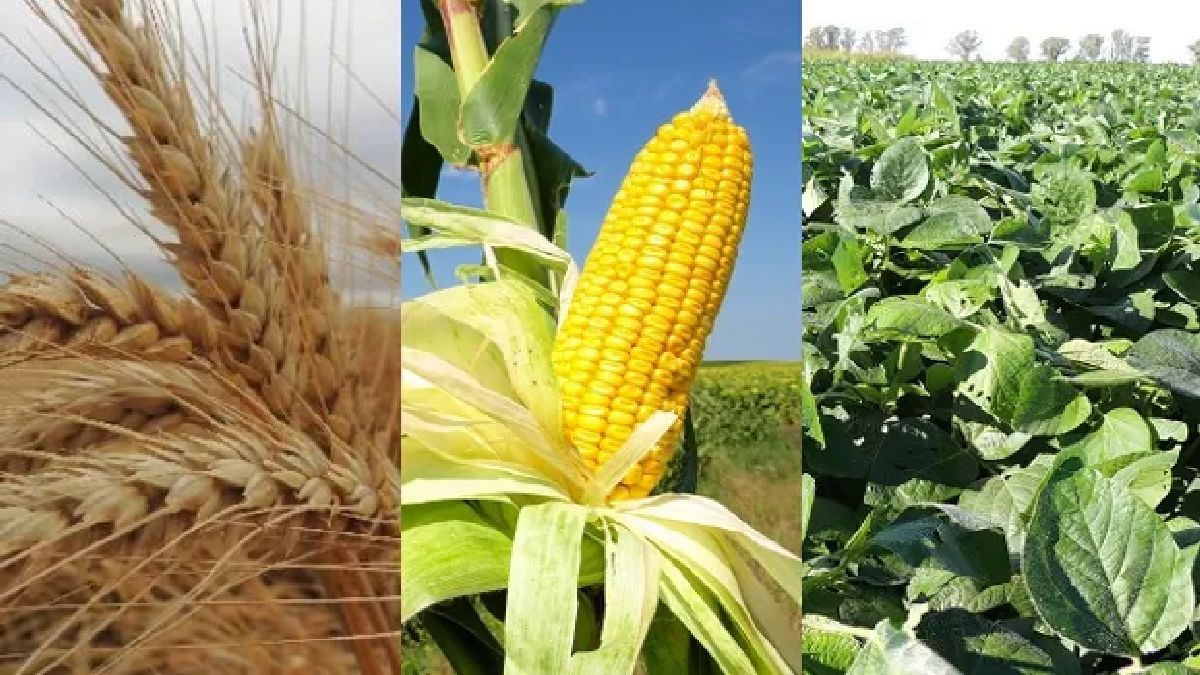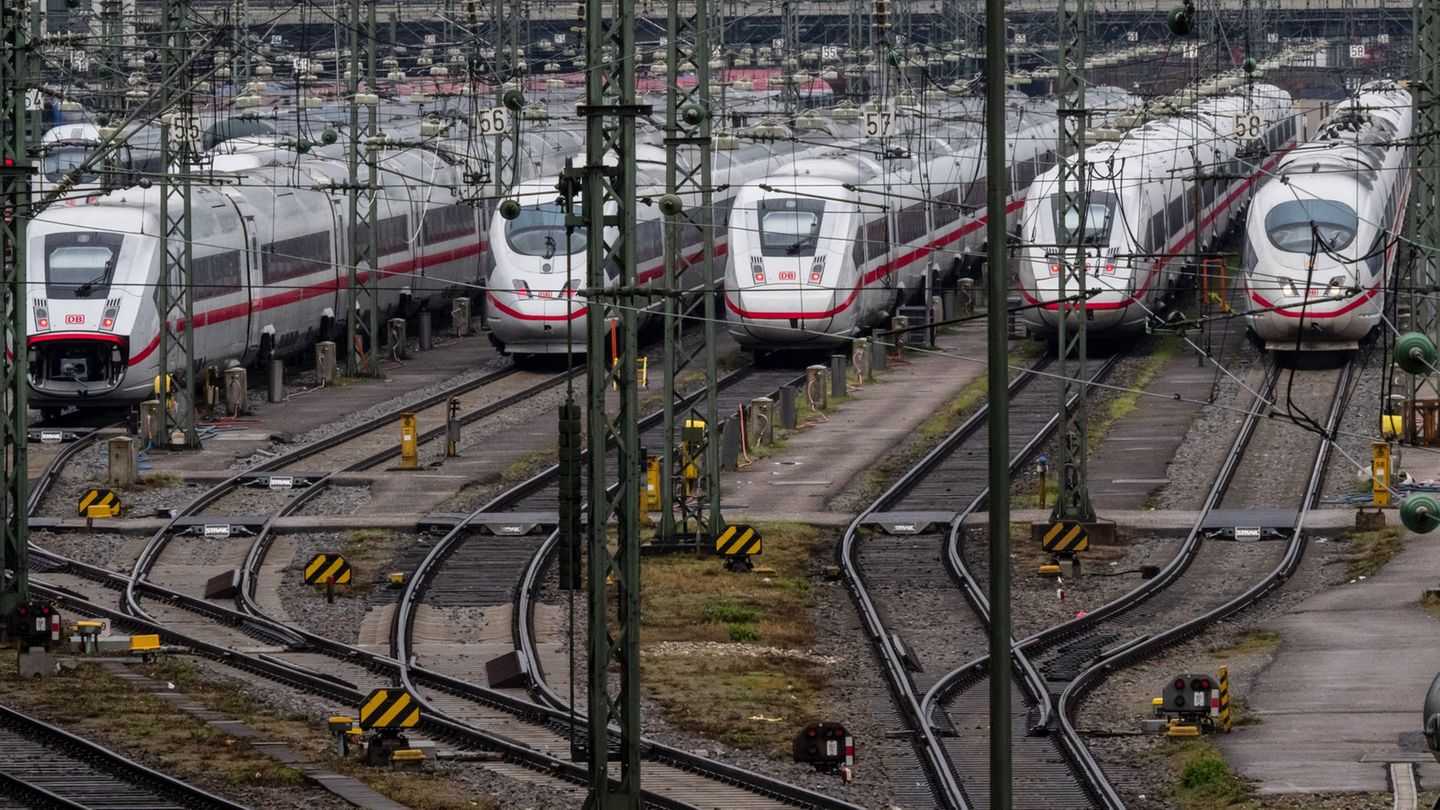According to the first estimates, This year, soybeans would once again gain prominence thanks to a larger area, in a context where production costs had sharp increases and grain prices, although they remain at good levels, marked increases lower than those of inputs.
The Rosario Stock Exchange (BCR) projected that the oilseed will increase its area by 700,000 hectares compared to last season, up to 16.8 million hectares,
“From the 2015/2016 campaign to 2021/22, the oilseed was losing almost 20% of the planted area. In 2022 the trend would reverse, soybeans will rise again,” the entity anticipated a few months ago.
Based on this occupied area, discounting 400,000 hectares that could be lost or not harvested, the BCR calculated that production would reach 47 million tons, 4.8 million tons above the previous campaign.
In a dialogue with Télam, the analyst of the AZ Group consultancy, Lorena D’Angelo, indicated that this advance of the oilseed “is given in the cost of implantation in comparison with its competitor, corn, since the planting of this represents a investment 35% to 40% less than cereal, taking the core area as a reference”.
If these estimates materializethe increase in the projected sowing area “would cut a streak of six consecutive years with a fall in the area at the national level dedicated to the oilseedafter the 2021/22 cycle saw the smallest area planted in the last 15 years,” D’Angelo said.
However, the specialist acknowledged that there is “uncertainty in the number of production that can finally be obtained as a result of the La Niña year forecasts that are available for the campaign”understanding that the climatic future “is the limitation that can be found in the next cycle”.
“The good perspectives of the oilseed respond to the lower investment that the producer makes to sow it, but continues with the impact of the policies that limit growth from receiving lower prices than soybean producers in other parts of the world (pro withholdings and exchange rate gap). If the prices of Argentine oilseeds were at the level of international values, the productive explosion would be unimaginable,” concluded D’Angelo.
For its part, the Buenos Aires Cereal Exchange (BCBA) projected a drop in the area for corn of 2.6% (200,000 hectares) to 7.5 million hectares.
Among the main reasons, the Buenos Aires Stock Exchange pointed out “the variability of the yields collected during the previous cycle, a very tight level of reserves at the beginning of the early cereal sowing window, a more unfavorable input/output ratio in relation to past campaigns and an increase significant cost”.
For the president of the Argentine Corn and Sorghum Association (Maizar), Pedro Vigneau, it will be difficult to reverse the negative projection due to the lack of financing.
“Today there is not much financing and the corn crop has a greater need per hectare and that conspires a bit,” Vigneau said.
Specialists agree that corn requires a considerably higher technological package than soybeans, especially with regard to fertilization.
“However, we also know about the nobility of the crop and this is clear to the producer, since it is key as a head of rotation, especially in carbon capture and, with the question of the systemic view, it is difficult to avoid the rotations”, for which he assured it is necessary “to defend high-tech production packages a lot”, concluded Vigneau.
Regarding the pricesthe head of the Market Analysis Department of the Grassi brokerage, Ariel Tejera, noted that in the case of soybeans “we are 15% below the best values achieved in the year in the Chicago market”while at the local level “prices were quite punished”.
“But looking ahead to the new campaign, May values show a good level given this time of year. In any case, they gravitate well below the maximums seen between March and June of this year,” said Tejera.
On the corn side The specialist indicated that in the reference world market, the yellow grain “has suffered a considerable decrease, greater than 20% with respect to the maximums of April”.
The local term marketthe price is located at US$220 per ton, which “in historical terms, is a good value for the new campaign, given this time of year”, but which “would be lower than the prices reached by the market this year, between March and April,” concluded Tejera.
Source: Ambito
David William is a talented author who has made a name for himself in the world of writing. He is a professional author who writes on a wide range of topics, from general interest to opinion news. David is currently working as a writer at 24 hours worlds where he brings his unique perspective and in-depth research to his articles, making them both informative and engaging.




